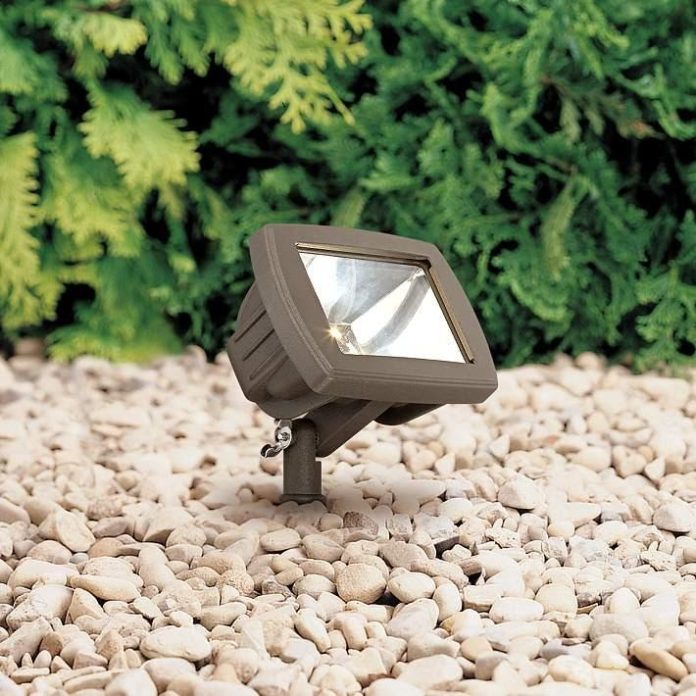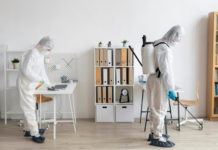Considering the use of floodlights, since they are powerful and quite bright they can only be used outdoors such as backyards, garage or streets.
As a homeowner, you might be looking for ways to improve security of your house. A small investment can actually help add the desired level of security and comfort for your house. If you are considering buying flood lights and don’t know which specifications to look out for, this article might help you.
- Power selection:
Consider the area of your backyard or front facing street. LED flood lights usually have a power rating between 20W to 1000W. These lights are used outdoors and specifically to have daylight like lighting in the desired area so for a 50 feet yard you might need a floodlight with 5000 lumens.
A simple formula to calculate the wattage is by dividing the required lumens with initial lumens/watt. E.g for 150 lumen per watt divide 5000 by 150.
The benefit of calculating the power requirement is that you can have either one single fixture of the same power or 2-4 fixtures with divided power output placed all around your backyard.
- Beam angle:
another major factor to consider is the beam angle of floodlights. They should have wide beam angle so when placed at a certain height it illuminates the entire place equally. They usually have a beam angle ranging from 10° to 120°. When buying the floodlight keep in mind the height and location of your fixture in order to avoid any problem.
- Energy saving:
Generally, led integrated fixtures are recommended when energy saving is your goal. When choosing any functional lighting equipment energy saving is in fact a big deal. Other counterparts might offer the same level of brightness but energy saving with minimal risk of other damages to property and fixture is an advantage when it comes to LED integrated bulbs. They have proven to have longer lifespan and better light output.
- Colour temperature:
The colour that the light produces is defined as the colour temperature of the light and is measured in Kelvins. It decides whether the light is of warmer colours or bright as daylight. The warm white light color is around 2500-3500K, natural daylight is 4500-5000K, and cool white is about 5500K and above.
- Service life:
The service life of LED is known to be more than 50000 hours which is already 5-8 times more than other counterparts. When opting for a large scale replacement this is a considerable factor as no one wants to keep replacing bulbs frequently over a small period of time. With led you can almost have one bulb function for up to 20 years so that saves a lot of maintenance cost.
- Water proof:
Lights placed outdoors are expected to withstand all sorts of harsh weather conditions like rain, snow and dust. Water proof light fixtures which can withstand heavy rain are important to consider.
- Heat dissipation:
this is a slightly overlooked feature but it comes into play when the fixture is used almost daily and for longer periods of time. If the fixture doesn’t have a built in heatsink it will alter its functionality quite drastically. With an led fixture this won’t be a problem as they have built in heat sinks and they produce less heat and more light
- Motion sensor:
motion sensor flood lights enhance the security layer as they light up the second anything moves past it. With no delay in start up and no effect on their power and working it is a considerable factor. There are also dusk till dawn sensors which help saves energy and wastage of light









